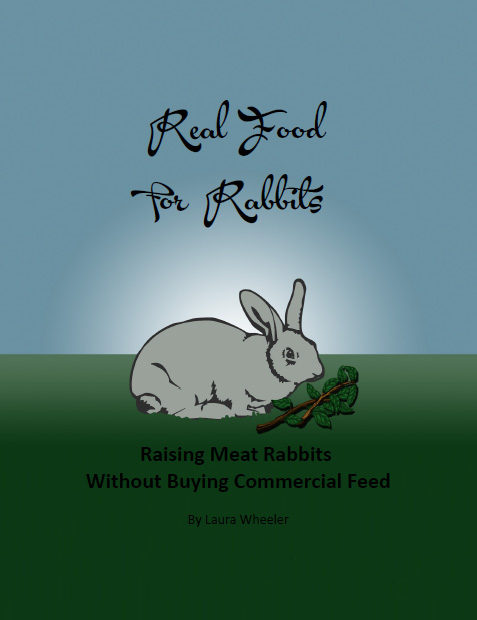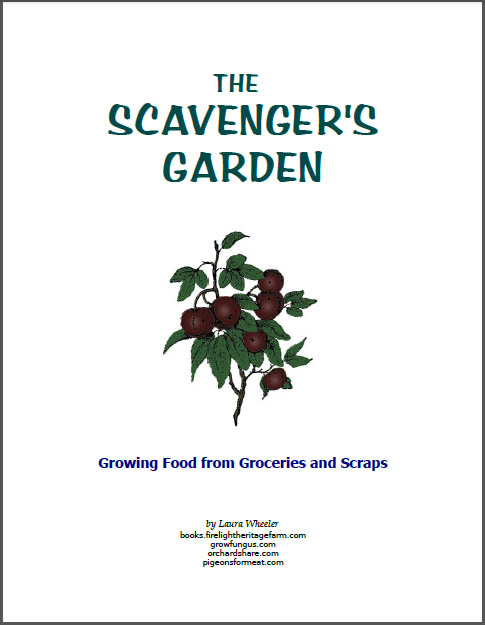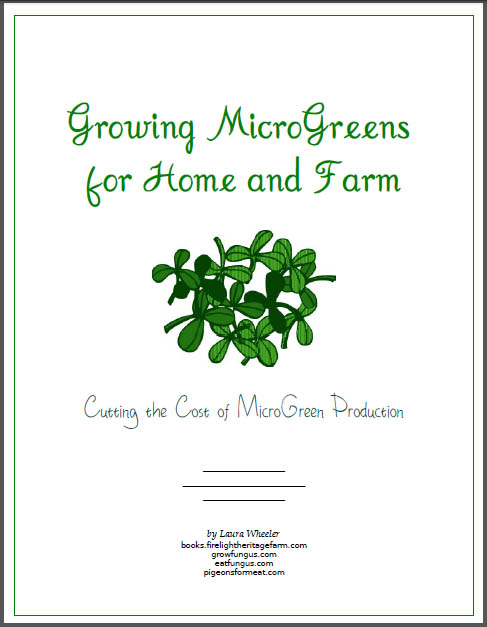 Click to Download Your Free Heritage Pickling and Culturing e-Book Now!
Click to Download Your Free Heritage Pickling and Culturing e-Book Now!
Instant Download, NO Registration Required!
Just Add Water - Expanding Animal Feed
Animal feed keeps going up in price. And our animals aren't eating any less! By adding water ahead of time, you can make your feed dollars go further.
The following information is aimed at people who are feeding commercial formulated feeds, ground feeds, whole grains, or who are supplementing with Black Oil Sunflower Seed (BOSS), or other seeds or grains.
There are four ways to expand your feed.
- Soak it. Soaking it increases the volume, softens hulls, and makes it more digestible. It takes less energy for the animal to break it down because it is already soaked. This decreases the amount of feed they need by a small margin.
Soaking is also excellent for caged birds that waste a lot of feed. By soaking it, it clings together somewhat, and they scatter less of it.
Soak it for 24 hours, for best results. Cover it with water - just to the top of the feed. Check it later to make sure that the top is not drying out. Stir before feeding to even the moisture out. We do this in a 2 or 5 gallon bucket.
This works for all types of feed, including non-grain feeds. - Sprout it. If the seed or grain is live, you can sprout it. This is a harder prospect than you'd think, because a lot of birdseed and scratch grains are unsproutable, on purpose! They are heat treated so they do not sprout on people's lawns. SOME, but not all, feed grains will sprout. Whole corn, oats, barley, rye, peas, beans, lentils, even grass seed, and alfalfa seed, will generally work to sprout for animal feed.
Sprouting increases nutritional content as the growth process starts. You can sprout it just until the sprout is visible, or you can let it go longer.
This can also be done in a bucket of any size. Put about 1-2" (or more if you need a lot in a single feeding) in the bottom of the bucket. Wet it and drain daily. Once it shows signs of sprouting, you can start feeding out of the bucket, and can feed out of the same bucket for several days if you are not feeding a lot of animals. Toward the end you are going to have to either rip or cut the roots apart.
This only works for live grains. - Ferment It. Just like soaking, except you let it go longer. Fermentation changes the nutrient profiles, and can further reduce the amount of feed required, but generally only by a little. It can make some nutrients more accessible, but it also USES some nutrients (consumed by bacteria). It does have some health benefits due to the healthy bacteria.
Put it in a bucket, and cover it with water. There are two ways to do this. One is to cover it and get the water level well above the level of the feed. The other is to just cover the water, and add more water over the next 24 hours to just make sure the grain all stays well wet down.
The first method will create alcohol more quickly than the second. The second will result in a sour smelling feed, sort of like pickle smell.
You can make it up and feed it any time after it is wet down. Research shows that three days is a good fermentation time, but we aren't picky with ours. We have two buckets that we rotate, and it takes us about two days to use a bucket. So we fill a bucket and let it soak while we are feeding out of the other, and flip flop them. The leftover liquid and clinging grains at the bottom of the bucket (usually not much liquid), gets stirred into the new feed. No real cleanup needed.
This is appropriate for any kind of feed. - Fodder it. Like sprouting, only in trays, and left to grow longer. This requires live seed, the same way sprouting does, and you can use the same sources.
There are all kinds of ways to do this. The most common is to put a layer of seeds (generally 1 seed thick) in a plant tray, and keep it wet but not floating. Some systems use drain holes, some don't. Put them where they get heat, and a little light (you don't need as much light for fodder as you do for plant starts), and let them go until they are 4-6" tall. Break or cut pieces off (the roots tangle) to feed.
It takes 1-2 weeks, sometimes more (in cooler temps) to grow sufficient to feed out.
We use aluminum pans (for now), because I am allergic to plastics, and that is what was affordable. The biggest challenge in the winter is keeping them moist if you do not have an automated spraying system to wet them down every few hours. I pour water in to soak them well once a day, and mist them periodically to keep the seeds on top wet. My system does not have drainage, so it takes a bit of practice to get the right amount of water.
We also put more grain in ours than most people do, in part because we have experienced dismal sprouting rates. We generally want it about 2 seed depths instead of only one. We sprout a mix of grains, legumes, and seeds.
Fodder can be fed in place of grain and greens, it will contain the nutrients of both. In fact, fodder, some insects, and a little fruit now and again, is a full diet for poultry, including quail, though quail and other gamebirds require a little more insect protein than chickens do. Ours also get kitchen scraps.
Water is the only additional thing needed to use these four methods for lowering your feed cost. They are all interrelated, and you can overlap them somewhat when using sproutable grains. We feed out in all four ways, simply because when feeding grains, you end up with all four sometimes - soaked early on, then sprouted, then fodder, and the grains that do not sprout end up fermented. If we get a sack of grain that does not sprout at all, we just relegate it to the soak/ferment bucket.
It is simple to do, and takes relatively little effort to do so. Just dump the feed in the bucket and cover with water. Fodder is the most work intensive, but also provides the greatest benefits - I tend the trays twice a day, so that is also very worth it.
This has quickly become essential for us, since we use alternative feeds. It has reduced the amount of feed that our caged quail waste, and it has allowed us to feed more animals than we otherwise could afford to to.
Add some water, and see what works for you!








